Tornadoes are one of nature’s most powerful and unpredictable forces, capable of causing massive destruction in mere minutes. Over the years, the United States has witnessed some of the most devastating tornadoes in history, each leaving behind a trail of chaos and heartbreak. As climate change continues to impact weather patterns, some experts suggest that tornadoes might be becoming more frequent or intense. In this listicle, we’ll explore ten of the worst tornadoes in American history and delve into why we might be seeing more of these violent storms.
1. The Tri-State Tornado: A Whirlwind Nightmare
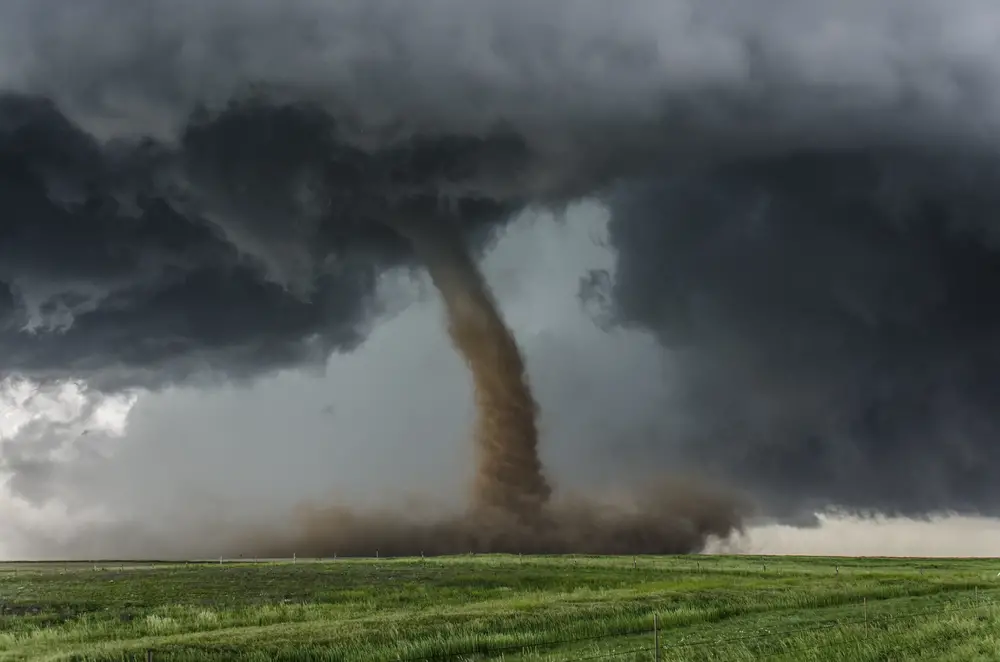
The Tri-State Tornado of March 18, 1925, remains the deadliest tornado in U.S. history. Sweeping through Missouri, Illinois, and Indiana, it claimed 695 lives and injured over 2,000 people. The tornado carved a path of destruction over 219 miles, leaving entire towns like Murphysboro, Illinois, in ruins. Eyewitnesses reported a terrifying black funnel cloud, massive hailstones, and winds powerful enough to lift homes off their foundations. According to the National Weather Service, the sheer scale and intensity of this tornado were unprecedented at the time. It took only hours for the tornado to cause millions of dollars in damages, a staggering sum in the 1920s. The Tri-State Tornado is etched in history not only for its massive scale but also for the profound impact it had on the communities it devastated.
Fast-forward nearly a century, and the question arises: Are tornadoes like the Tri-State becoming more common due to climate change? While the scientific community debates the specifics, warmer temperatures can create conditions ripe for severe weather, potentially leading to more frequent tornadoes. As weather patterns evolve, it’s crucial to understand how climate change might impact these natural disasters. Advanced radar technology and forecasting have improved our ability to predict tornadoes, but the challenge remains to mitigate their destructive power. Addressing climate change could be key to reducing the intensity of these storms in the future. As we continue to study past tornadoes, they serve as a stark reminder of nature’s unpredictability and the need for preparedness.
2. Joplin Tornado: A City Turned to Rubble
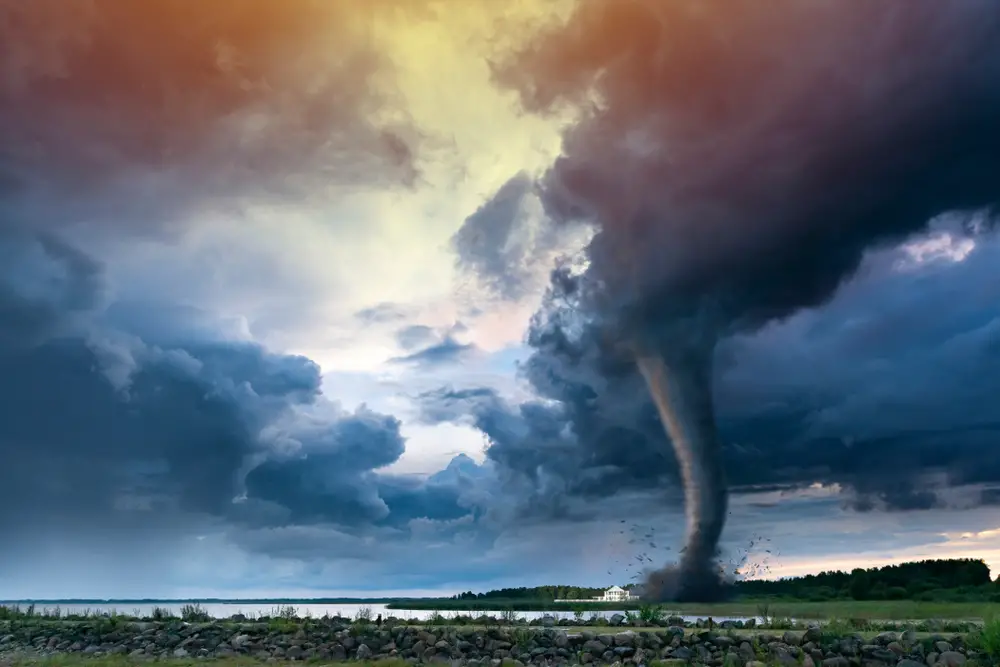
On May 22, 2011, the city of Joplin, Missouri, experienced one of the most destructive tornadoes in recent history. The EF5 tornado tore through the city, leaving a six-mile path of devastation and killing 158 people. Thousands were injured, and entire neighborhoods were obliterated, with more than 7,000 homes destroyed. Joplin’s infrastructure took a severe hit, including the destruction of the main hospital, which had to be evacuated during the storm. The economic impact was enormous, with damages estimated at $2.8 billion, making it the costliest single tornado in U.S. history. Recovery efforts took years, highlighting the profound challenges faced by communities rebuilding after such a catastrophe. The Joplin tornado underscores the importance of emergency preparedness and community resilience in the face of natural disasters.
In considering why tornadoes might be on the rise, it’s essential to look at the influence of urban development on tornado impact. As cities expand and populations grow, large urban areas become more vulnerable to tornadoes. The increased density means that when a tornado strikes, the potential for loss of life and property damage is significantly higher. Additionally, climate change could be altering the areas most prone to tornadoes, potentially expanding the regions at risk. Understanding these evolving dynamics is crucial for developing targeted strategies to mitigate the effects of future tornadoes. The lessons learned from Joplin can help guide efforts to build more resilient communities in tornado-prone areas.
3. The 2013 Moore Tornado: A Community Shattered
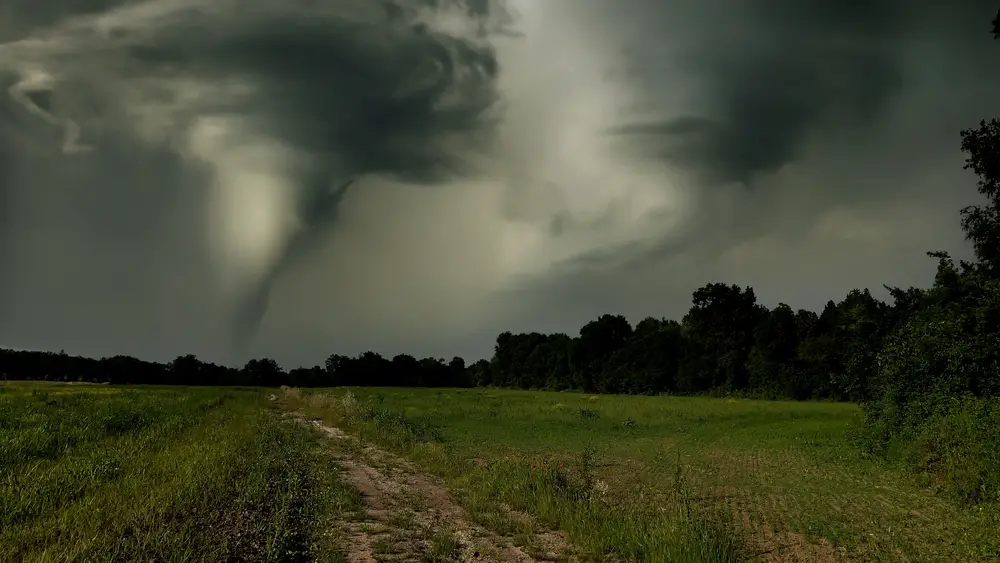
The city of Moore, Oklahoma, is no stranger to tornadoes. However, the EF5 tornado that struck on May 20, 2013, was particularly devastating. With wind speeds exceeding 200 mph, the tornado destroyed over 1,000 homes and claimed 24 lives, including children who tragically perished when their schools were struck. The storm’s path cut through the heart of the community, leaving a trail of destruction approximately 17 miles long. According to National Geographic, the Moore tornado is a stark reminder of the challenges faced by communities in Tornado Alley. Despite the destruction, the resilience of the Moore residents was evident in the immediate aftermath, as neighbors helped each other amid the rubble. The rebuilding process in Moore has been a testament to the strength and determination of the community.
The Moore tornado raises questions about our ability to withstand such powerful storms in an era of changing climate conditions. As weather patterns shift, the intensity and frequency of tornadoes may be affected, increasing the risk to vulnerable communities. Research into the link between climate change and tornado activity is ongoing, but the potential implications are significant. Building codes and emergency preparedness plans must adapt to these changing realities to protect people and property. Ensuring that schools, hospitals, and homes are constructed to withstand severe weather events can save lives. As we learn from past experiences like the Moore tornado, it’s clear that proactive measures are crucial to safeguarding communities. By understanding the factors that contribute to these devastating events, we can better prepare for the future.
4. The Super Outbreak of 1974: Tornado Armageddon
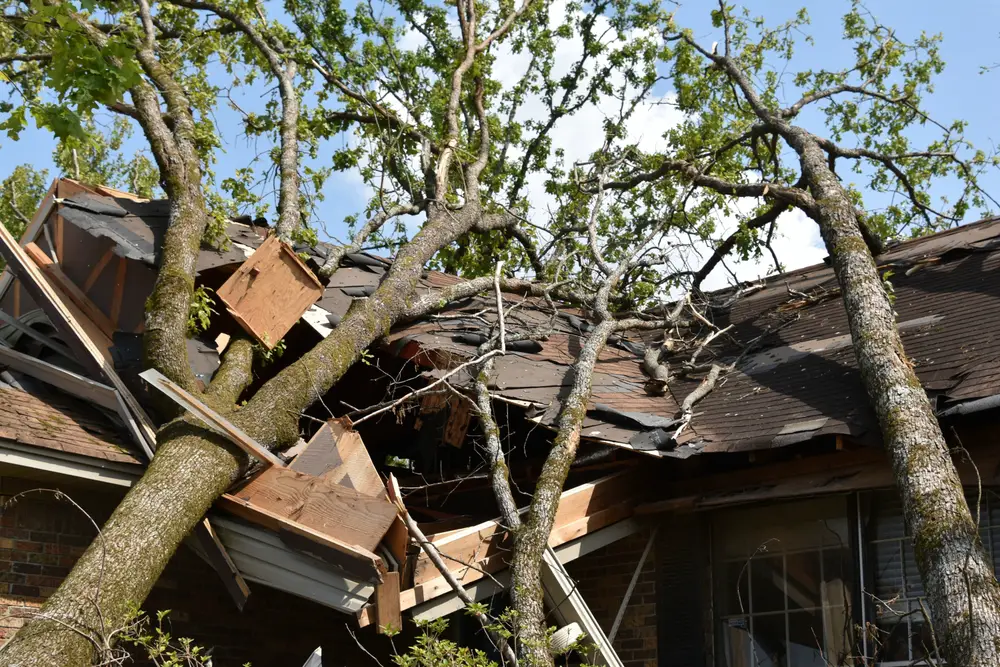
In April 1974, the United States experienced the largest tornado outbreak in its history, known as the Super Outbreak. Over the course of two days, 148 tornadoes touched down across 13 states, from the Great Lakes to the Deep South. The outbreak resulted in 315 deaths and thousands of injuries, with entire communities left in ruins. Particularly hard-hit was Xenia, Ohio, where an F5 tornado demolished large portions of the city, killing 33 people. The magnitude of the outbreak was unprecedented, with multiple violent tornadoes occurring simultaneously across vast areas. The event led to a reevaluation of forecasting and emergency response strategies, paving the way for advancements in tornado prediction and preparedness. The Super Outbreak remains a benchmark in the study of tornadoes, highlighting the potential for widespread devastation.
The 1974 Super Outbreak serves as a reminder of the importance of understanding and preparing for these natural disasters. As climate patterns evolve, the potential for similar large-scale outbreaks could increase. Advances in technology, such as Doppler radar, have improved our ability to detect and track tornadoes, providing more accurate warnings to affected areas. However, ensuring that communities act on these warnings is critical to minimizing casualties. Public education and awareness campaigns can play a vital role in helping people understand the risks and take appropriate action. As climate change continues to influence weather patterns, the lessons learned from the Super Outbreak are more relevant than ever. By studying past events, we can develop better strategies to protect lives and property from future tornadoes.
5. The 2011 Super Outbreak: A Modern Catastrophe
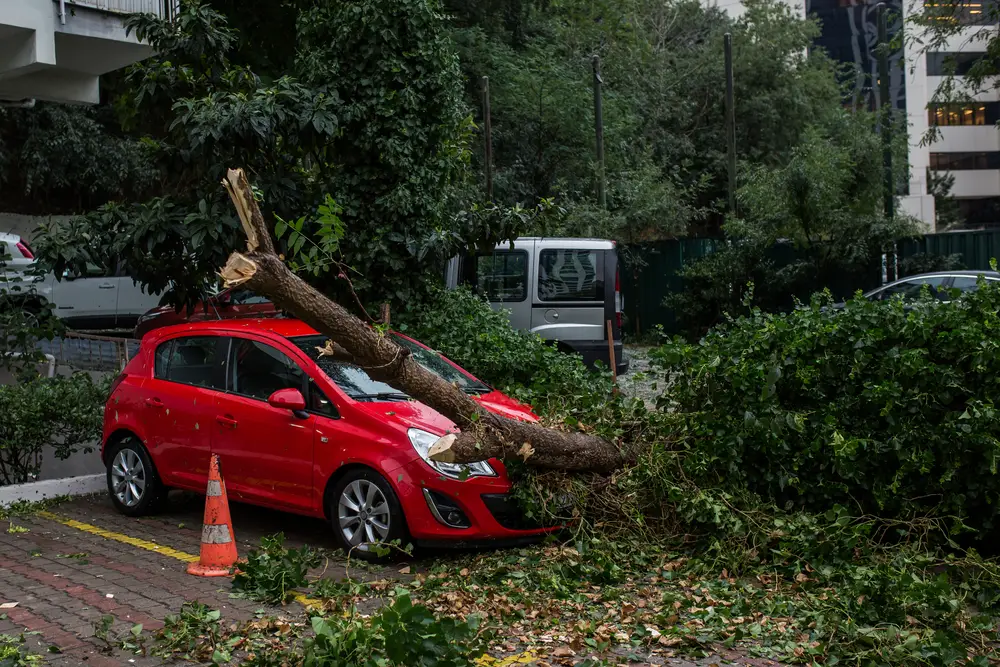
In April 2011, the U.S. experienced another catastrophic tornado outbreak, rivaling the Super Outbreak of 1974 in its scope and destruction. Over a four-day period, 360 tornadoes touched down across 21 states, devastating communities from Texas to New York. The outbreak resulted in 348 deaths, with the majority occurring in Alabama, where an EF4 tornado struck the city of Tuscaloosa. The damage was extensive, with entire neighborhoods leveled and infrastructure severely impacted. The outbreak highlighted the challenges of forecasting and responding to such a widespread event, with emergency services stretched to their limits. The economic impact was immense, with damages estimated at $10 billion. Despite the advances in forecasting technology, the 2011 Super Outbreak demonstrated the destructive power of tornadoes.
The 2011 Super Outbreak raises important questions about the relationship between climate change and tornado activity. While there is still much to learn about this connection, the potential for increased intensity and frequency of tornadoes is a concern. The outbreak underscores the importance of building resilient communities that can withstand the impact of severe weather events. Improving emergency response plans and investing in infrastructure that can withstand tornado-force winds are critical steps. Public education initiatives can also help individuals and families prepare for the threat of tornadoes. By learning from past outbreaks, we can better understand the risks and develop strategies to protect lives and property.
6. The Greensburg Tornado: A Town Reborn
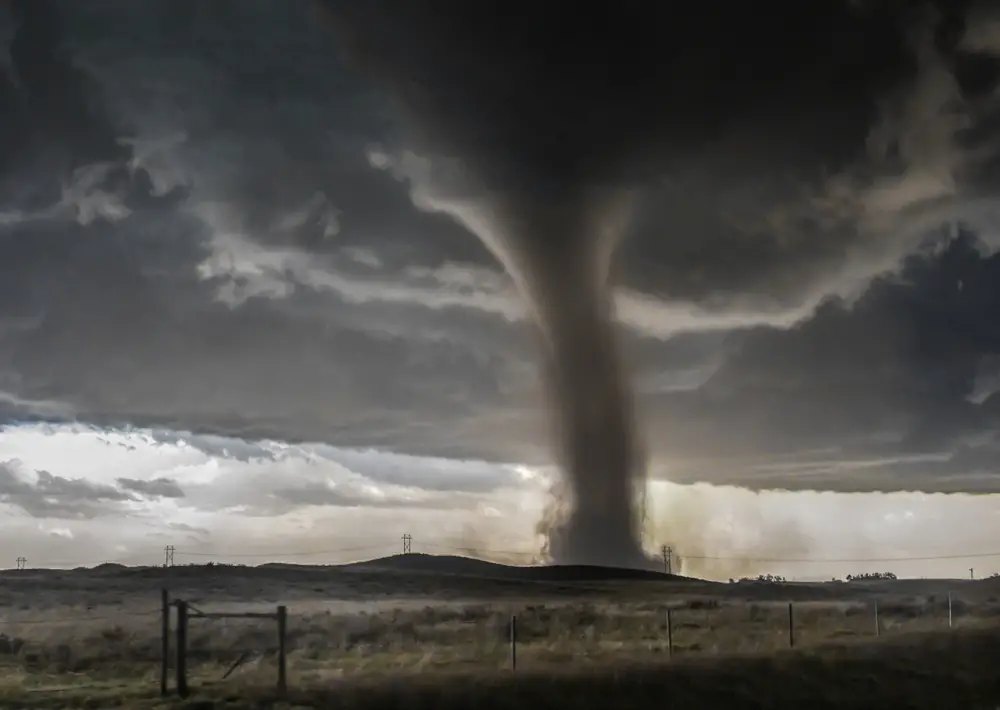
On May 4, 2007, the small town of Greensburg, Kansas, was nearly obliterated by an EF5 tornado. The twister, more than a mile wide, destroyed 95% of the town and claimed the lives of 11 residents. Despite the devastation, the community’s response was both resilient and innovative. Greensburg took the opportunity to rebuild as a model of sustainability, incorporating green technologies and practices into its reconstruction. The town’s commitment to renewal was an inspiring example of turning tragedy into opportunity. With support from state and federal agencies, Greensburg emerged as a leader in sustainable development. The disaster served as a catalyst for change, transforming a devastated community into a beacon of hope and resilience.
The story of Greensburg highlights the potential for communities to not only recover from natural disasters but to thrive in their aftermath. The town’s focus on sustainability provided valuable lessons in how to build back better, incorporating resilience into every aspect of the community. As climate change continues to impact weather patterns, the need for sustainable and resilient rebuilding strategies is more important than ever. Greensburg’s experience underscores the importance of community engagement and innovative thinking in disaster recovery. By prioritizing sustainability, communities can reduce their vulnerability to future disasters. The lessons learned from Greensburg provide a blueprint for other communities facing similar challenges.
7. The St. Louis East St. Louis Tornado: A Twisted Path

On May 27, 1896, a powerful tornado struck the St. Louis and East St. Louis area, claiming 255 lives and injuring over 1,000 people. The tornado left a trail of destruction, causing significant damage to infrastructure and homes in its path. It remains one of the deadliest tornadoes in U.S. history, highlighting the vulnerability of urban areas to such natural disasters. The event was compounded by a lack of early warning systems and limited understanding of tornado formation at the time. The destruction of bridges, railroads, and telegraph lines further hindered emergency response efforts. The tornado’s impact was felt for years, as the affected communities struggled to rebuild and recover. The St. Louis East St. Louis tornado serves as a reminder of the importance of preparedness and resilience.
In today’s context, the lessons of the St. Louis East St. Louis tornado are more relevant than ever. Urban areas continue to face challenges in responding to and recovering from tornadoes, particularly as populations grow and infrastructure ages. Advances in technology have improved our ability to predict and track tornadoes, but ensuring that communities are prepared is critical. Investing in resilient infrastructure and emergency response capabilities can help mitigate the impact of future tornadoes. The historical significance of events like the St. Louis East St. Louis tornado underscores the importance of learning from past disasters. By understanding the risks and taking proactive measures, communities can better protect themselves from the threat of tornadoes.
8. The 1899 New Richmond Tornado: A Tragic Surprise
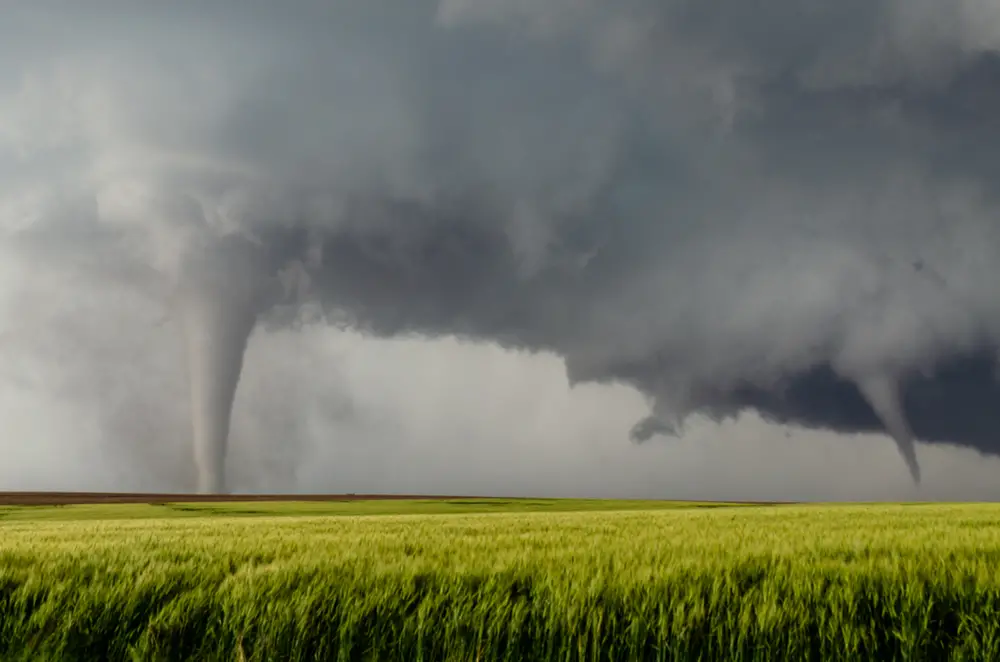
On June 12, 1899, the quiet town of New Richmond, Wisconsin, was forever changed by a devastating tornado. The storm struck without warning, leaving 117 people dead and hundreds more injured in its wake. The tornado destroyed much of the town, including homes, businesses, and public buildings, causing widespread devastation. The lack of early warning systems at the time meant that residents had little time to seek shelter. The tornado’s impact was felt throughout the region, as neighboring communities rallied to provide support and assistance. In the aftermath, New Richmond faced the daunting task of rebuilding and recovering from the tragedy. The event highlighted the vulnerability of rural communities to severe weather events.
The New Richmond tornado serves as a stark reminder of the importance of early warning systems and preparedness. In the years since, advances in meteorology and technology have greatly improved our ability to predict and respond to tornadoes. However, ensuring that communities are equipped to act on these warnings remains a critical challenge. Public education and awareness campaigns can play a vital role in helping individuals and families prepare for the threat of tornadoes. Investing in resilient infrastructure and emergency response capabilities is essential to mitigate the impact of future storms. The lessons learned from the New Richmond tornado continue to inform efforts to protect communities from the devastating effects of tornadoes.
9. The 1953 Waco Tornado: A Day of Destruction
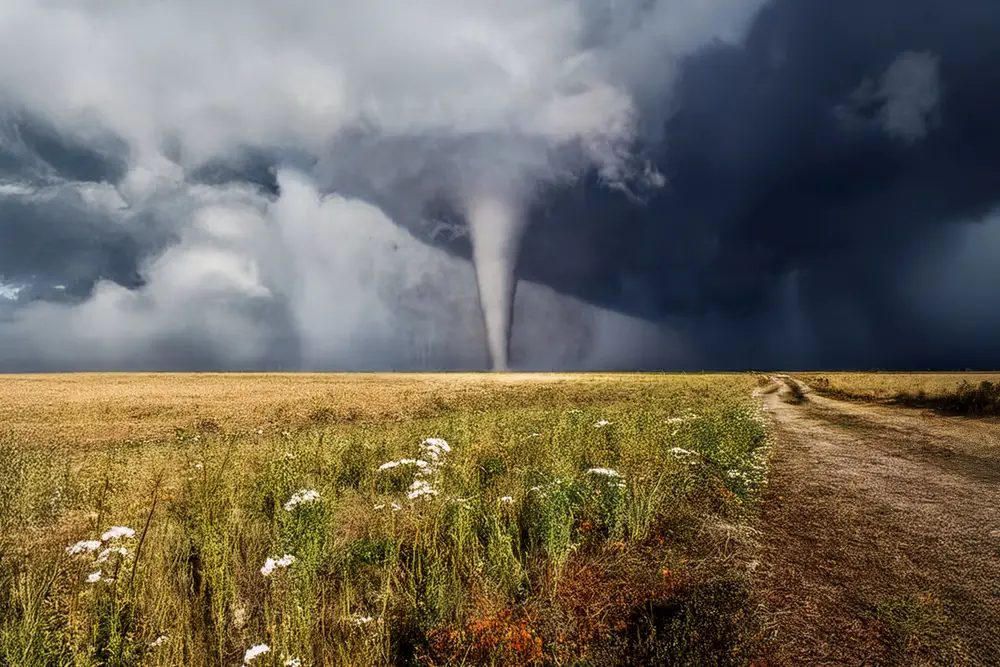
On May 11, 1953, the city of Waco, Texas, was hit by one of the deadliest tornadoes in U.S. history. The F5 tornado tore through downtown Waco, killing 114 people and injuring over 600 more. The storm caused extensive damage to buildings and infrastructure, leveling homes and businesses in its path. The lack of advanced warning systems at the time meant that residents had little time to seek shelter before the tornado struck. The aftermath was devastating, with many families left homeless and communities struggling to recover. In the years following the disaster, significant advancements were made in tornado forecasting and preparedness. The Waco tornado served as a catalyst for change, leading to improvements in early warning systems and public education efforts.
The story of the Waco tornado underscores the importance of preparedness and resilience in the face of natural disasters. As climate change continues to impact weather patterns, the potential for more frequent and intense tornadoes is a growing concern. Investing in resilient infrastructure and emergency response capabilities is essential to protect communities from the impact of future storms. Public education initiatives can also help individuals and families understand the risks and take appropriate action. By learning from past disasters like the Waco tornado, we can develop strategies to mitigate the effects of future tornadoes. The lessons learned from Waco continue to inform efforts to build more resilient communities.
10. The 1936 Tupelo-Gainesville Tornado: A Twin Tragedy
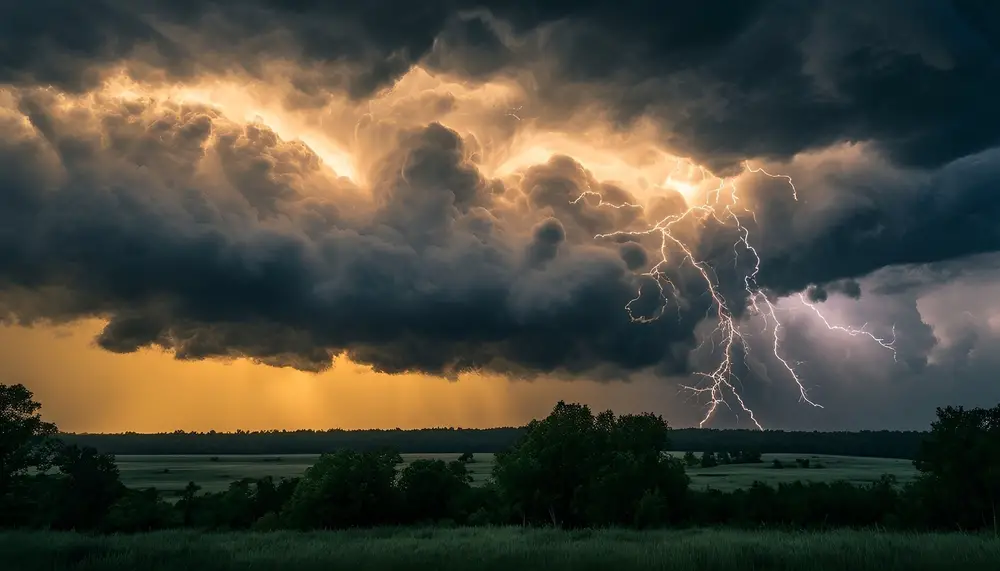
In April 1936, the southeastern United States was hit by a series of devastating tornadoes, with the most significant being the Tupelo tornado in Mississippi and the Gainesville tornado in Georgia. The Tupelo tornado struck first, on April 5, leaving 216 people dead and destroying much of the city. The following day, the Gainesville tornado claimed 203 lives, making it one of the deadliest tornado outbreaks in U.S. history. The storms caused widespread destruction, with homes, businesses, and public buildings leveled in their paths. The lack of early warning systems and limited understanding of tornado formation at the time contributed to the high death toll. The twin tornadoes highlighted the vulnerability of communities to severe weather events.
The Tupelo-Gainesville tornado outbreak serves as a reminder of the importance of preparedness and resilience. In the years since, significant advancements have been made in tornado forecasting and emergency response capabilities. However, ensuring that communities are equipped to act on these warnings remains a critical challenge. Public education and awareness campaigns can play a vital role in helping individuals and families prepare for the threat of tornadoes. Investing in resilient infrastructure and emergency response capabilities is essential to mitigate the impact of future storms. The lessons learned from the Tupelo-Gainesville tornado outbreak continue to inform efforts to protect communities from the devastating effects of tornadoes.
